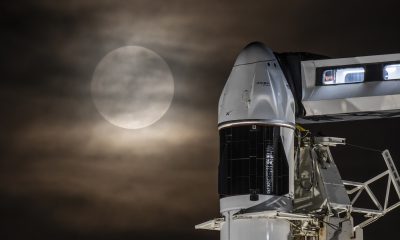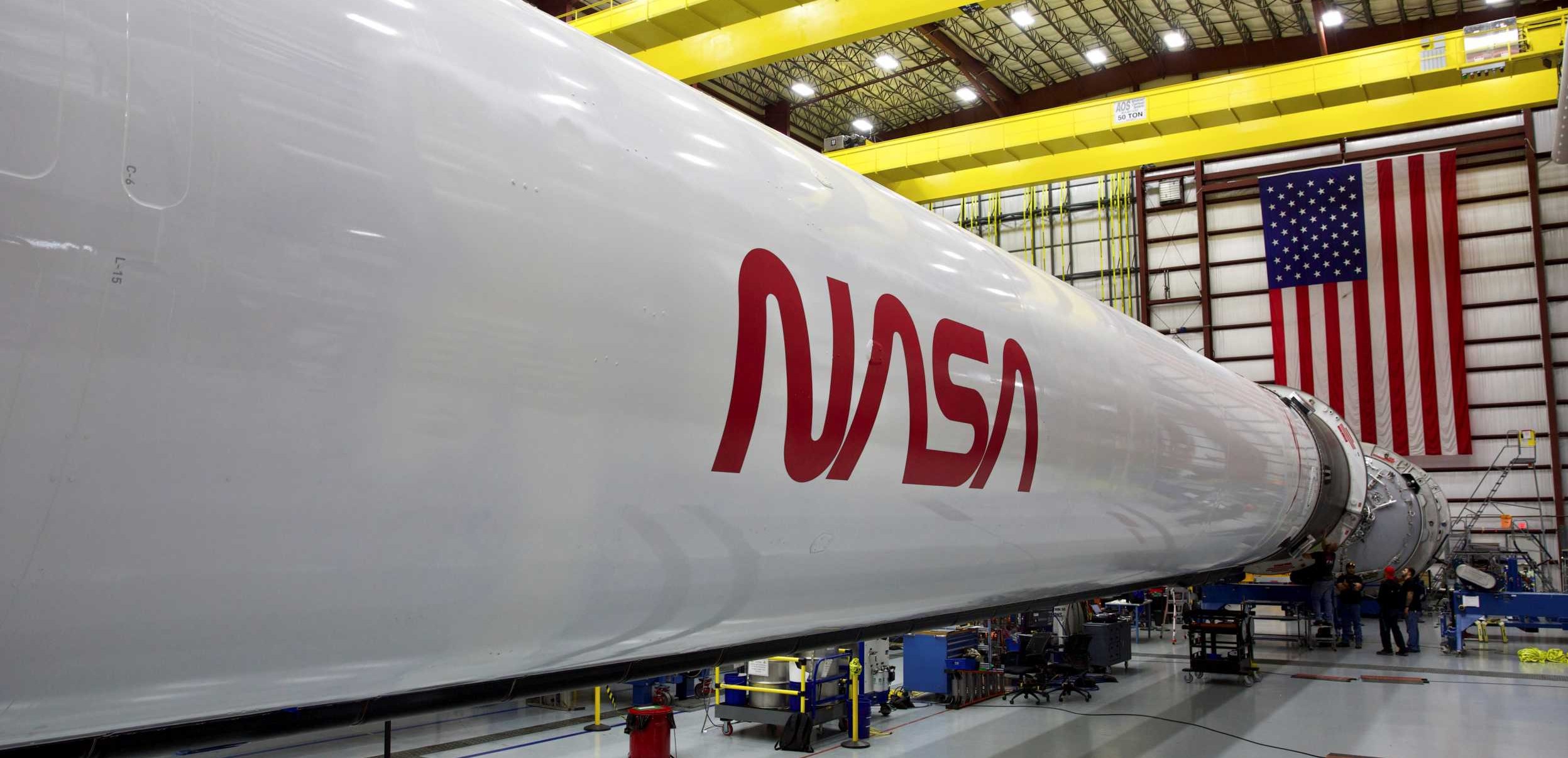

News
NASA plans to purchase another seat on Russian Soyuz after SpaceX
NASA and SpaceX are preparing to launch astronauts from U.S. soil for the first time in nearly a decade. The collaboration is designed to give NASA more flexibility when it comes to launching crewed missions.
When the agency’s storied shuttle program came to an end in 2011, it left NASA dependent upon Russian rockets as its sole means of transporting astronauts to and from the space station. But the arrangement, which costs NASA roughly $85 million per seat, was always intended as a temporary solution.
NASA wanted to support a burgeoning commercial market, so it turned to private industry to build its next-generation space taxi. To that end, in 2014, the agency selected two companies — SpaceX and Boeing — to transport future crews. Each company would design and build its spacecraft capable of carrying humans. Six years later, SpaceX is set to become the first commercial company to transport astronauts, as its inaugural crewed flight prepares to take off on May 27.
The mission, known as Demo-2, is a flight test that will be used to certify the Dragon spacecraft for routine astronaut transport to and from the space station. During the mission, astronauts Bob Behnken and Doug Hurley will pilot the craft to the space station, where it will dock itself to the orbital outpost.
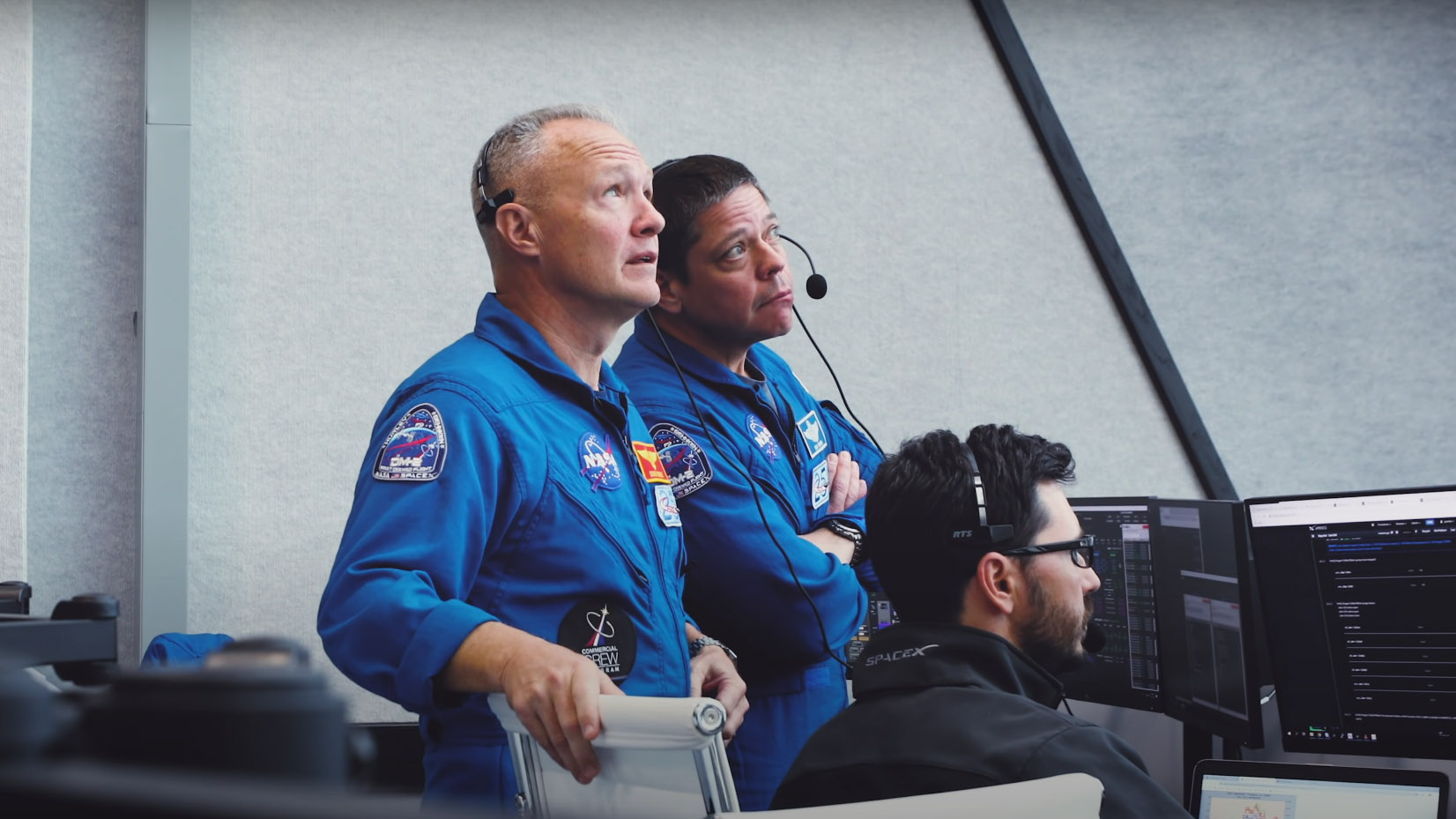
Their time on station is still to be determined, but the duo will make the most of their orbital stay. Not only will they evaluate how Dragon performs at different stages of the mission, but they will also assist fellow NASA astronaut Chris Cassidy with routine maintenance and station keeping.
Once Crew Dragon has been cleared to ferry people regularly, it will give NASA the flexibility to carry out missions of many different durations. To date, crews have spent anywhere from a couple of weeks in space, all the way up to a year. Their time on orbit is typically limited by the spacecraft that brought them, but by having multiple vehicles capable of flying to and from the space station, gives agencies around the world greater flexibility in mission planning.
Currently, NASA is in talks to purchase one more seat on a Russian Soyuz that would fly this fall. As it stands now, Chris Cassidy is the sole NASA astronaut on station, joined by two Russian colleagues. However, that leaves the station understaffed. Simply maintaining the orbital outpost is more than one crew member can handle. (A full space station crew is six.)
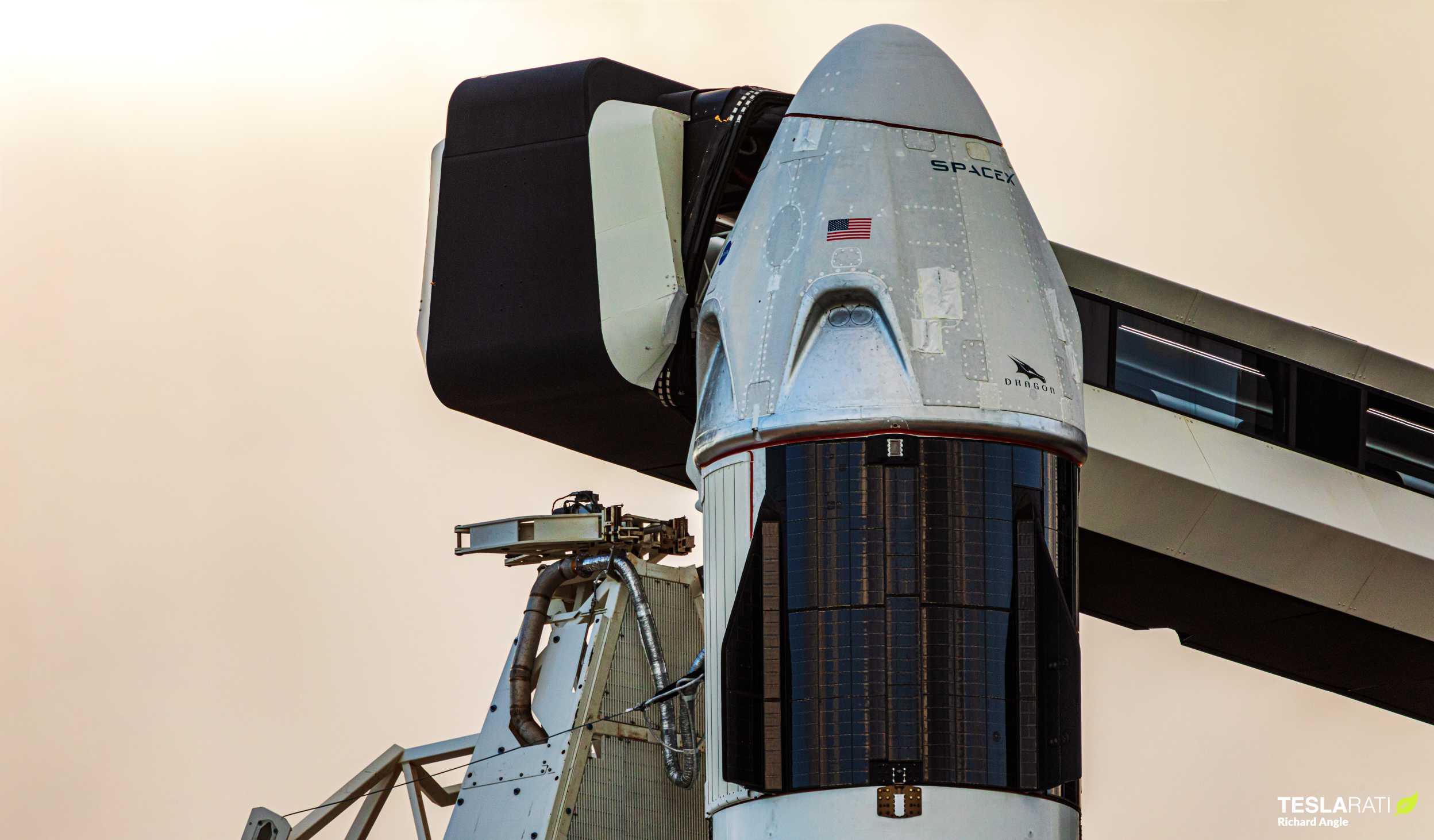
Behnken and Hurley are scheduled to launch on May 27 and will stay on station for as many as 110 days. That’s because their ride is only certified to stay in space that long. The harsh space environment wears on hardware, and the Crew Dragon’s solar arrays contain sensitive electronics that have a limited space life.
So what happens when Behnken and Hurley come home? At this point, the schedules are a little unclear, but Cassidy could remain on station by himself until the next crew can launch. While preparing for Demo-2, SpaceX is currently finishing construction on the capsule that will carry its first official crew. Four astronauts will fly on Crew Dragon sometime late this year or early next year, providing a fresh batch of astronauts.
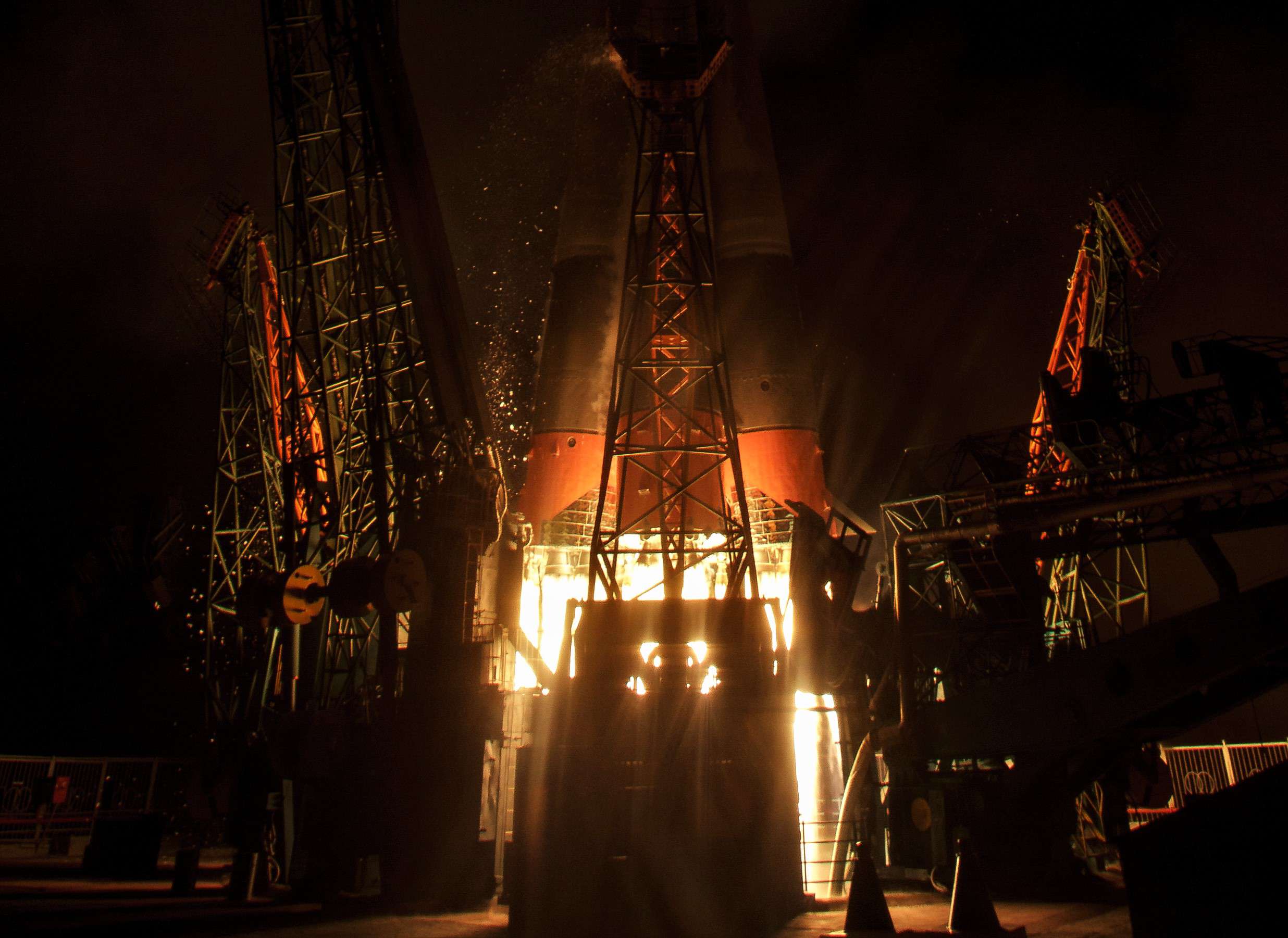
In the meantime, NASA wants to make sure it will be able to have access to the space station, so it’s in talks with Roscosmos to buy one more seat. After that deal is made, NASA has a much different idea for the future of its partnership with the Russian space agency. During a series of briefings in advance of Demo-2, NASA administrator Jim Bridenstine expressed how he hoped in the near future that NASA and Roscosmos could set up a trade agreement.
This would mean that U.S. astronauts would still fly on a Russian Soyuz and vice versa. Only instead of money exchanging hands, the two agencies would simply trade seats on each other’s vehicles. The first international partner to fly on a Crew Dragon will be Soichi Noguchi of the Japanese Space Agency (JAXA), who will join NASA astronauts Victor Glover, Mike Hopkins, and Shannon Walker as part of the Crew-1 mission.
Elon Musk
Tesla reveals it is using AI to make factories more sustainable: here’s how
Tesla is using AI in its Gigafactory Nevada factory to improve HVAC efficiency.

Tesla has revealed in its Extended Impact Report for 2024 that it is using Artificial Intelligence (AI) to enable its factories to be more sustainable. One example it used was its achievement of managing “the majority of the HVAC infrastructure at Gigafactory Nevada is now AI-controlled” last year.
In a commitment to becoming more efficient and making its production as eco-friendly as possible, Tesla has been working for years to find solutions to reduce energy consumption in its factories.
For example, in 2023, Tesla implemented optimization controls in the plastics and paint shops located at Gigafactory Texas, which increased the efficiency of natural gas consumption. Tesla plans to phase out natural gas use across its factories eventually, but for now, it prioritizes work to reduce emissions from that energy source specifically.
It also uses Hygrometric Control Logic for Air Handling Units at Giafactory Berlin, resulting in 17,000 MWh in energy savings each year. At Gigafactory Nevada, Tesla saves 9.5 GWh of energy through the use of N-Methylpyrrolidone refineries when extracting critical raw material.
Perhaps the most interesting way Tesla is conserving energy is through the use of AI at Gigafactory Nevada, as it describes its use of AI to reduce energy demand:
“In 2023, AI Control for HVAC was expanded from Nevada and Texas to now include our Berlin-Brandenburg and Fremont factories. AI Control policy enables HVAC systems within each factory to work together to process sensor data, model factory dynamics, and apply control actions that safely minimize the energy required to support production. In 2024, this system achieved two milestones: the majority of HVAC infrastructure at Gigafactory Nevada is now AI-controlled, reducing fan and thermal energy demand; and the AI algorithm was extended to manage entire chiller plants, creating a closed-loop control system that optimizes both chilled water consumption and the energy required for its generation, all while maintaining factory conditions.”
Tesla utilizes AI Control “primarily on systems that heat or cool critical factory production spaces and equipment.” AI Control communicates with the preexisting standard control logic of each system, and any issues can be resolved by quickly reverting back to standard control. There were none in 2024.
Tesla says that it is utilizing AI to drive impact at its factories, and it has proven to be a valuable tool in reducing energy consumption at one of its facilities.
Elon Musk
Tesla analysts believe Musk and Trump feud will pass
Tesla CEO Elon Musk and U.S. President Donald Trump’s feud shall pass, several bulls say.

Tesla analysts are breaking down the current feud between CEO Elon Musk and U.S. President Donald Trump, as the two continue to disagree on the “Big Beautiful Bill” and its impact on the country’s national debt.
Musk, who headed the Department of Government Efficiency (DOGE) under the Trump Administration, left his post in May. Soon thereafter, he and President Trump entered a very public and verbal disagreement, where things turned sour. They reconciled to an extent, and things seemed to be in the past.
However, the second disagreement between the two started on Monday, as Musk continued to push back on the “Big Beautiful Bill” that the Trump administration is attempting to sign into law. It would, by Musk’s estimation, increase spending and reverse the work DOGE did to trim the deficit.
Every member of Congress who campaigned on reducing government spending and then immediately voted for the biggest debt increase in history should hang their head in shame!
And they will lose their primary next year if it is the last thing I do on this Earth.
— Elon Musk (@elonmusk) June 30, 2025
President Trump has hinted that DOGE could be “the monster” that “eats Elon,” threatening to end the subsidies that SpaceX and Tesla receive. Musk has not been opposed to ending government subsidies for companies, including his own, as long as they are all abolished.
How Tesla could benefit from the ‘Big Beautiful Bill’ that axes EV subsidies
Despite this contentious back-and-forth between the two, analysts are sharing their opinions now, and a few of the more bullish Tesla observers are convinced that this feud will pass, Trump and Musk will resolve their differences as they have before, and things will return to normal.
ARK Invest’s Cathie Wood said this morning that the feud between Musk and Trump is another example of “this too shall pass:”
BREAKING: CATHIE WOOD SAYS — ELON AND TRUMP FEUD “WILL PASS” 👀 $TSLA
She remains bullish ! pic.twitter.com/w5rW2gfCkx
— TheSonOfWalkley (@TheSonOfWalkley) July 1, 2025
Additionally, Wedbush’s Dan Ives, in a note to investors this morning, said that the situation “will settle:”
“We believe this situation will settle and at the end of the day Musk needs Trump and Trump needs Musk given the AI Arms Race going on between the US and China. The jabs between Musk and Trump will continue as the Budget rolls through Congress but Tesla investors want Musk to focus on driving Tesla and stop this political angle…which has turned into a life of its own in a roller coaster ride since the November elections.”
Tesla shares are down about 5 percent at 3:10 p.m. on the East Coast.
Elon Musk
Tesla scrambles after Musk sidekick exit, CEO takes over sales
Tesla CEO Elon Musk is reportedly overseeing sales in North America and Europe, Bloomberg reports.

Tesla scrambled its executives around following the exit of CEO Elon Musk’s sidekick last week, Omead Afshar. Afshar was relieved of his duties as Head of Sales for both North America and Europe.
Bloomberg is reporting that Musk is now overseeing both regions for sales, according to sources familiar with the matter. Afshar left the company last week, likely due to slow sales in both markets, ending a seven-year term with the electric automaker.
Tesla’s Omead Afshar, known as Elon Musk’s right-hand man, leaves company: reports
Afshar was promoted to the role late last year as Musk was becoming more involved in the road to the White House with President Donald Trump.
Afshar, whose LinkedIn account stated he was working within the “Office of the CEO,” was known as Musk’s right-hand man for years.
Additionally, Tom Zhu, currently the Senior Vice President of Automotive at Tesla, will oversee sales in Asia, according to the report.
It is a scramble by Tesla to get the company’s proven executives over the pain points the automaker has found halfway through the year. Sales are looking to be close to the 1.8 million vehicles the company delivered in both of the past two years.
Tesla is pivoting to pay more attention to the struggling automotive sales that it has felt over the past six months. Although it is still performing well and is the best-selling EV maker by a long way, it is struggling to find growth despite redesigning its vehicles and launching new tech and improvements within them.
The company is also looking to focus more on its deployment of autonomous tech, especially as it recently launched its Robotaxi platform in Austin just over a week ago.
However, while this is the long-term catalyst for Tesla, sales still need some work, and it appears the company’s strategy is to put its biggest guns on its biggest problems.
-

 Elon Musk1 day ago
Elon Musk1 day agoTesla investors will be shocked by Jim Cramer’s latest assessment
-

 News6 days ago
News6 days agoTesla Robotaxi’s biggest challenge seems to be this one thing
-

 News2 weeks ago
News2 weeks agoTesla’s Grok integration will be more realistic with this cool feature
-

 Elon Musk2 weeks ago
Elon Musk2 weeks agoElon Musk slams Bloomberg’s shocking xAI cash burn claims
-

 News2 weeks ago
News2 weeks agoTesla China roars back with highest vehicle registrations this Q2 so far
-

 News2 weeks ago
News2 weeks agoTexas lawmakers urge Tesla to delay Austin robotaxi launch to September
-

 News2 weeks ago
News2 weeks agoTesla dominates Cars.com’s Made in America Index with clean sweep
-

 Elon Musk1 week ago
Elon Musk1 week agoFirst Look at Tesla’s Robotaxi App: features, design, and more












